Understanding GLP-1 and Its Vital Role
In recent times, GLP-1, or glucagon-like peptide-1, has captured the attention of health enthusiasts and professionals alike. This hormone plays a crucial role in regulating blood sugar levels and aiding weight management. But why is it so important? GLP-1 is an incretin hormone that is secreted by the intestines in response to food intake (1). Its primary function is to enhance insulin secretion from the pancreas, helping to lower blood sugar levels post-meal. Furthermore, GLP-1 slows gastric emptying, controls appetite, and promotes satiety, all of which are essential for maintaining a healthy weight.
Recent studies have underscored the impact of GLP-1 on preventing type 2 diabetes and obesity, making it a focal point in nutritional science. Individuals who maintain higher levels of GLP-1 often experience better metabolic health markers (3), which translates to improved overall well-being. For those keen on managing their blood sugar and weight naturally, understanding and boosting GLP-1 levels can be a game-changer.
Why Ozempic and Other GLP-1 Agonists Aren’t Always the Answer
While medications like Ozempic, a synthetic GLP-1 receptor agonist, have been developed to mimic the effects of GLP-1, they come with their own set of challenges. Though effective for some, these drugs can cause side effects such as nausea, vomiting, and even pancreatitis in certain individuals (4). Additionally, relying on synthetic solutions may not align with the preference for natural health practices among many individuals.
The synthetic nature of GLP-1 agonists means they introduce foreign compounds into the body, which can lead to unforeseen reactions. This has sparked a conversation about the long-term sustainability and safety of these medications. Health-conscious individuals often seek alternatives that provide similar benefits without the risks associated with pharmaceuticals.
Understanding these potential downsides, many people are now turning to natural alternatives to boost their GLP-1 levels, focusing on diet and lifestyle changes that support the body's intrinsic capabilities. This approach not only minimises health risks but also encourages a more holistic view of well-being.
Foods That Naturally Enhance GLP-1 Levels
Transitioning towards a diet that naturally boosts GLP-1 levels can be both delicious and rewarding. Let's explore some of the top foods that can help your body increase its GLP-1 production naturally.
Plant-Based Powerhouses

Plant-based diets have been linked to numerous health benefits, including enhanced GLP-1 levels (5). Foods such as beans, lentils, and chickpeas are rich in fibre and protein, both of which stimulate GLP-1 secretion. The fibre content in these legumes ensures a slower glucose release, preventing blood sugar spikes and promoting satiety.
Similarly, leafy greens like spinach and kale, along with cruciferous vegetables such as broccoli and Brussels sprouts, are excellent choices. These vegetables are packed with nutrients and fibres that not only aid digestion but also increase GLP-1 production (6). Incorporating a variety of these plant-based foods can significantly enhance your body's ability to regulate blood sugar naturally.
Protein-Rich Foods
Proteins play a pivotal role in GLP-1 secretion (7). Eggs, fish, and lean meats are particularly effective in stimulating GLP-1 production. Consuming these protein-rich foods at breakfast has been shown to enhance GLP-1 levels throughout the day, contributing to better appetite control and preventing unnecessary eating.
Incorporating nuts and seeds, such as almonds and flaxseeds, is another great way to add protein to your diet. These foods not only boost GLP-1 but also provide healthy fats that are essential for overall health. Balancing your meals with these protein sources can lead to sustained energy levels and improved metabolic health.
Fibre-Focused Choices
Dietary fibre is one of the most effective natural stimulants of GLP-1 (8). Whole grains like oats, quinoa, and barley are excellent sources of fibre. These grains offer complex carbohydrates that break down slowly, providing a steady energy supply and supporting GLP-1 functions.
Berries, particularly blueberries and raspberries, are also high in fibre and antioxidants. Consuming these fruits enhances GLP-1 levels and provides additional health benefits, such as improved brain function and reduced inflammation. A diet rich in fibre from these sources can keep your digestive system healthy and optimise hormone balance.
Real-Life Testimonials of GLP-1 Success
Many individuals have experienced remarkable health improvements by focusing on foods that boost GLP-1 naturally. Sarah, a 34-year-old nutrition enthusiast, shares her story of transformation. After incorporating more legumes and whole grains into her diet, she noticed significant improvements in her energy levels and weight management.
Similarly, Tom, a middle-aged diabetic, found that replacing processed snacks with nuts and seeds helped stabilise his blood sugar levels. Within weeks, he reported feeling more satiated and having fewer cravings for unhealthy foods. These success stories highlight the power of dietary changes in enhancing GLP-1 levels and improving overall health.
Such testimonials serve as a motivational tool for others, demonstrating the tangible benefits of making mindful choices. They reinforce the idea that with patience and consistency, a natural approach to boosting GLP-1 can lead to lasting health improvements.
Expert Tips for Including GLP-1 Boosting Foods in Your Diet
Adopting a diet that enhances GLP-1 levels is easier than you might think, with expert tips providing practical guidance.
Start with Breakfast
Breakfast is a crucial meal for setting the tone of your day. Nutritional therapists recommend starting with a protein-rich breakfast to kickstart GLP-1 production. Opt for eggs with spinach or oatmeal topped with berries and nuts for a nourishing start.
Preparing meals in advance can ensure you have nutritious options readily available. Overnight oats with chia seeds or homemade granola bars are quick and effective ways to incorporate fibre and protein into your morning routine.
Mix and Match Meals
Variety is key when it comes to a balanced diet. Experiment with different combinations of GLP-1-boosting foods in your meals to prevent monotony. Try a chickpea salad with mixed greens for lunch, or a quinoa stir-fry with vegetables and tofu for dinner.
Incorporating herbs and spices can elevate the flavours of these dishes while adding additional health benefits. Turmeric, ginger, and garlic are excellent choices that complement a range of foods while supporting digestion and immune function.
Snacks that Satisfy
Snacking can also play a role in enhancing GLP-1 levels. Choose snacks that are high in fibre and protein, such as a handful of almonds or a bowl of Greek yoghurt with flaxseeds. These choices not only keep hunger at bay but also support your body's natural hormone regulation.
Staying hydrated is equally important, as water aids digestion and supports metabolic processes. Herbal teas, such as green tea, provide antioxidants and can be a refreshing alternative to sugary drinks.
GLP-1: Incorporating Foods to Enhance Levels Naturally
Incorporating natural foods that enhance GLP-1 levels can be a powerful strategy for managing blood sugar and maintaining a healthy weight. By focusing on a diverse and balanced diet, you can support your body's natural ability to regulate hormones effectively.
Whether you're just beginning your health journey or seeking ways to enhance your current lifestyle, these dietary practices offer a sustainable and fulfilling path to wellness. The evidence is clear, and the potential benefits are immense.
If you've had success with these strategies or wish to explore more about natural dietary approaches, we invite you to share your experiences or reach out for further guidance. Together, we can foster a community of health-conscious individuals committed to achieving optimal well-being.
References:
- Huber, Hanna, et al. “Dietary Impact on Fasting and Stimulated GLP-1 Secretion in Different Metabolic Conditions – a Narrative Review.” American Journal of Clinical Nutrition, 1 Jan. 2024, https://doi.org/10.1016/j.ajcnut.2024.01.007. Accessed 2 Sept. 2024.
- Kaufman, Michele B. “Drug-Induced Pancreatitis: A Potentially Serious and Underreported Problem.” P & T : A Peer-Reviewed Journal for Formulary Management, vol. 38, no. 6, 2013, pp. 349–51, www.ncbi.nlm.nih.gov/pmc/articles/PMC3737994/.
- Müller, T.D., et al. “Glucagon-like Peptide 1 (GLP-1).” Molecular Metabolism, vol. 30, Dec. 2019, pp. 72–130, www.ncbi.nlm.nih.gov/pmc/articles/PMC6812410/, https://doi.org/10.1016/j.molmet.2019.09.010.
- Nakrani, Mihir N., et al. “Physiology, Glucose Metabolism.” PubMed, StatPearls Publishing, 17 July 2023, www.ncbi.nlm.nih.gov/books/NBK560599/.
- Pedersen, Traci. “What Foods Increase GLP-1 Levels?” Healthline, Healthline Media, 13 Mar. 2024, www.healthline.com/health/foods-that-increase-glp-1. Accessed 14 Sept. 2024.
- Rizzo, Manfredi, et al. “GLP-1 Receptor Agonists and Reduction of Cardiometabolic Risk: Potential Underlying Mechanisms.” Biochimica et Biophysica Acta (BBA) - Molecular Basis of Disease, vol. 1864, no. 9, Part B, 1 Sept. 2018, pp. 2814–2821, www.sciencedirect.com/science/article/pii/S0925443918301820, https://doi.org/10.1016/j.bbadis.2018.05.012.
- Silva, Jéssica Carolinne Damasceno e, et al. “Plant-Based Food for the Prevention of Type 2 Diabetes: Scoping Review.” Nutrients, vol. 16, no. 11, 1 Jan. 2024, p. 1671, www.mdpi.com/2072-6643/16/11/1671, https://doi.org/10.3390/nu16111671. Accessed 21 July 2024.
- Watkins, Jonathan D, et al. “Protein- and Calcium-Mediated GLP-1 Secretion: A Narrative Review.” Advances in Nutrition, vol. 12, no. 6, 30 June 2021, pp. 2540–2552, https://doi.org/10.1093/advances/nmab078.



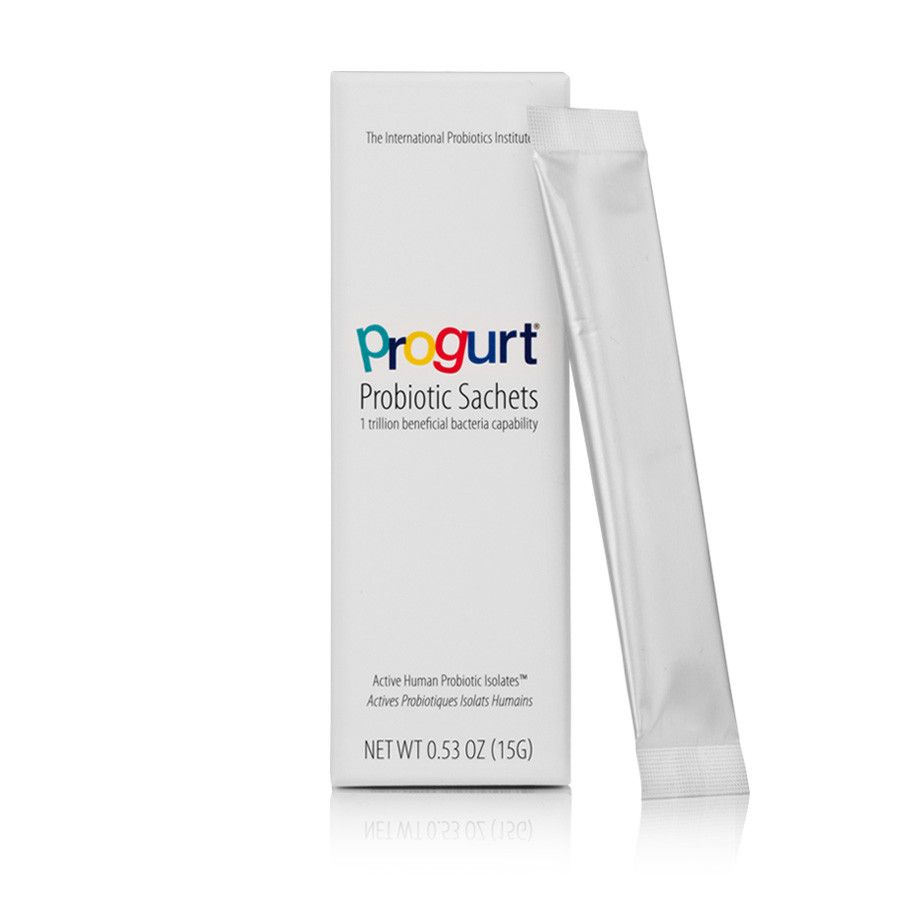
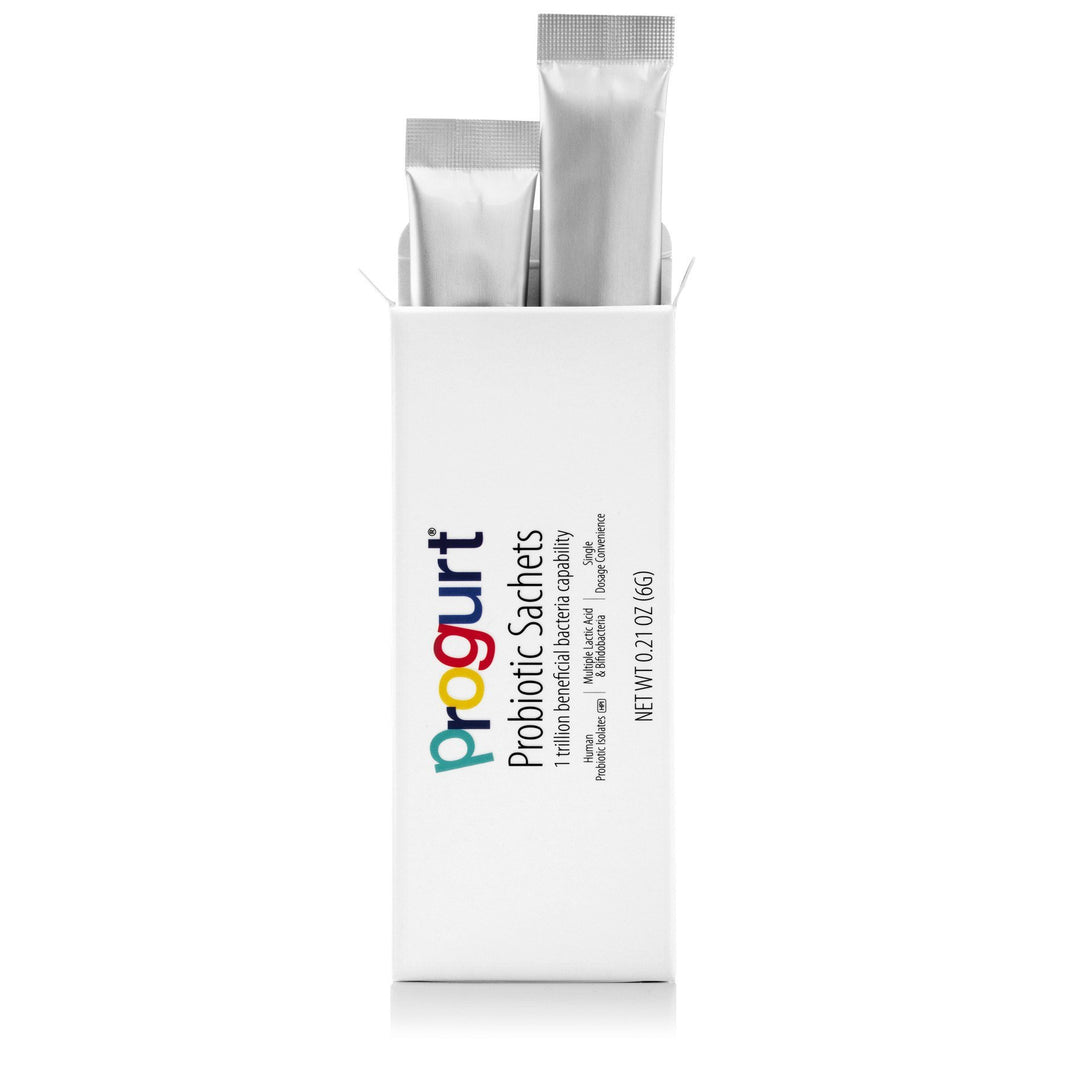
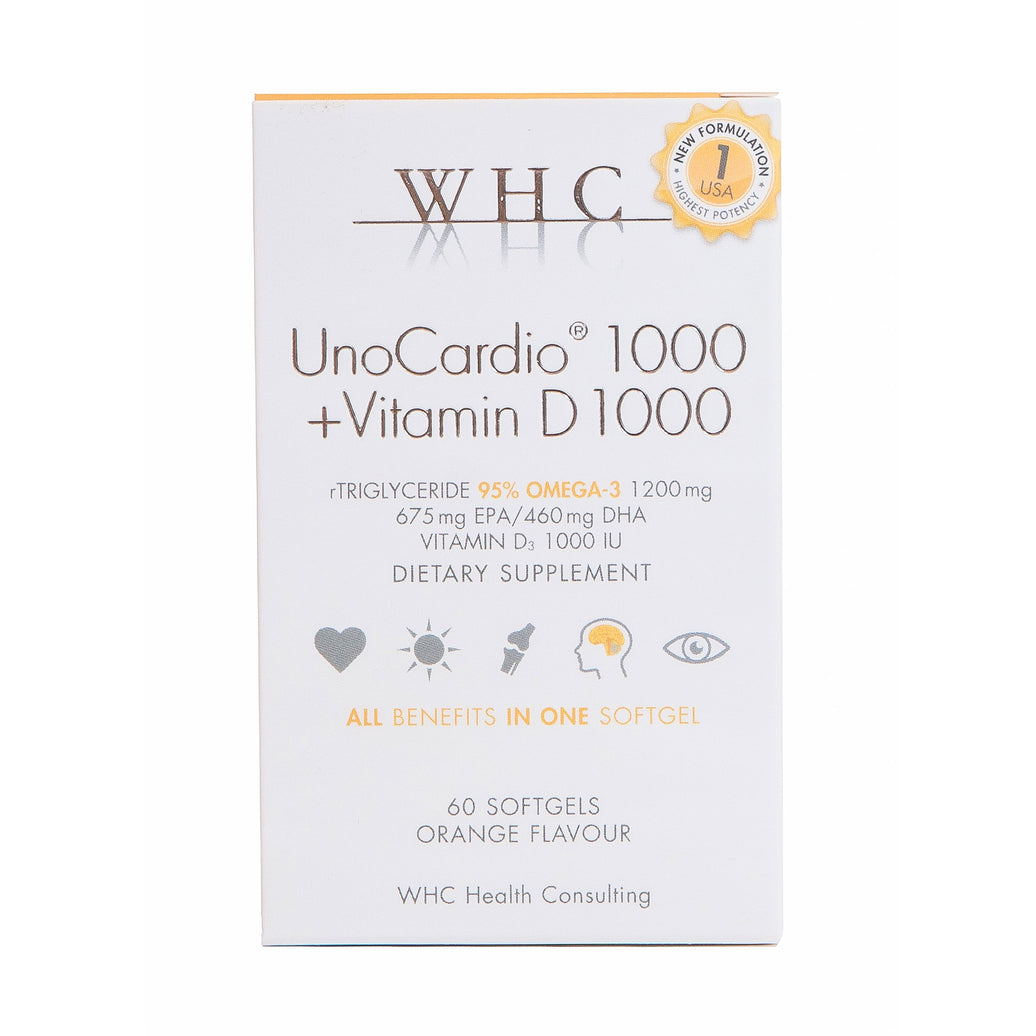
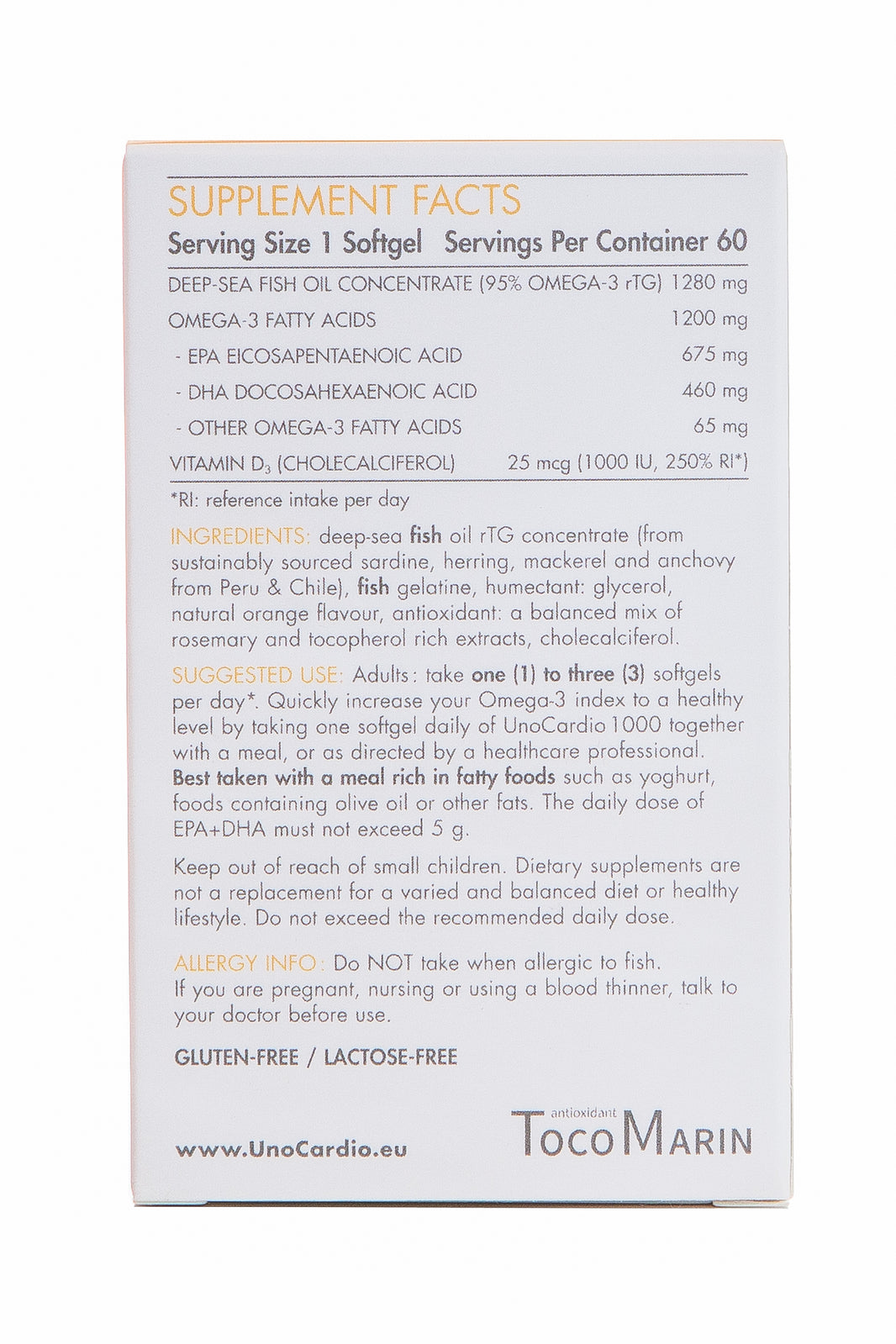
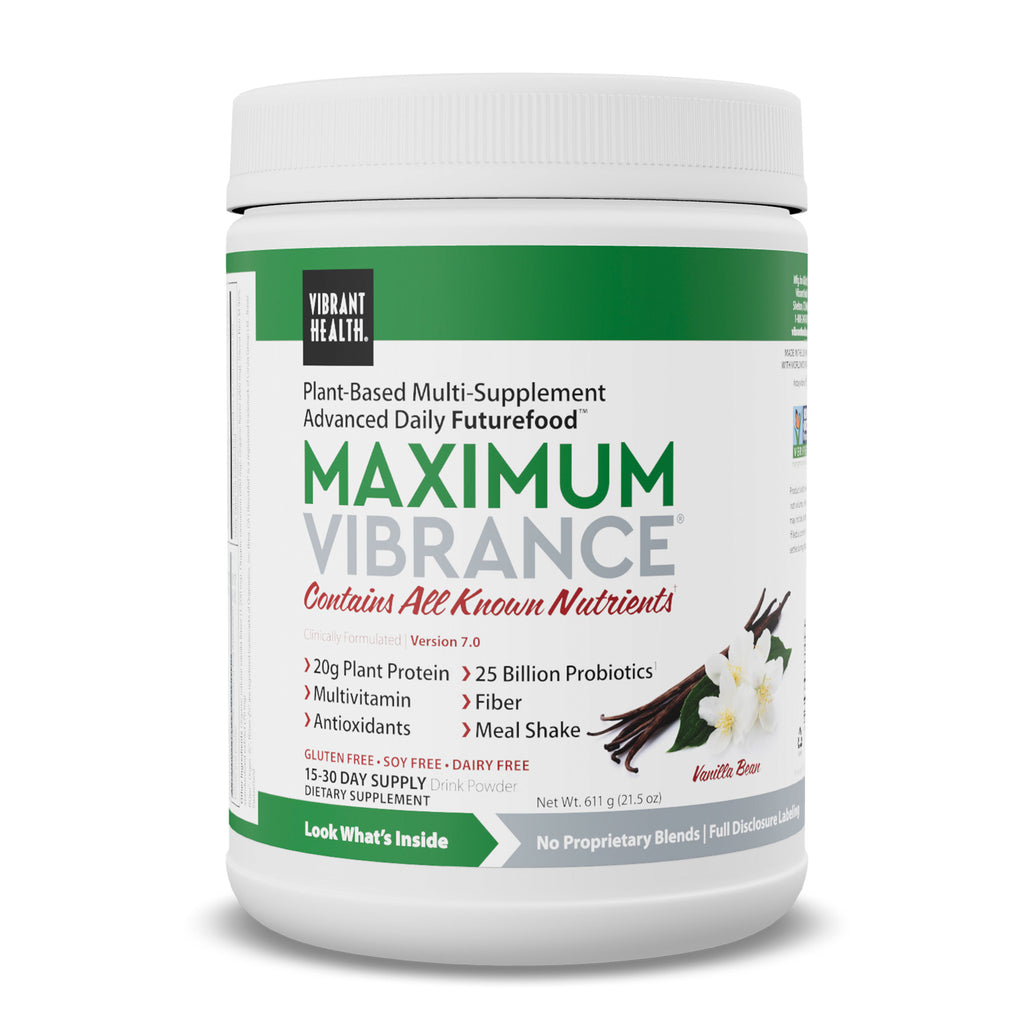







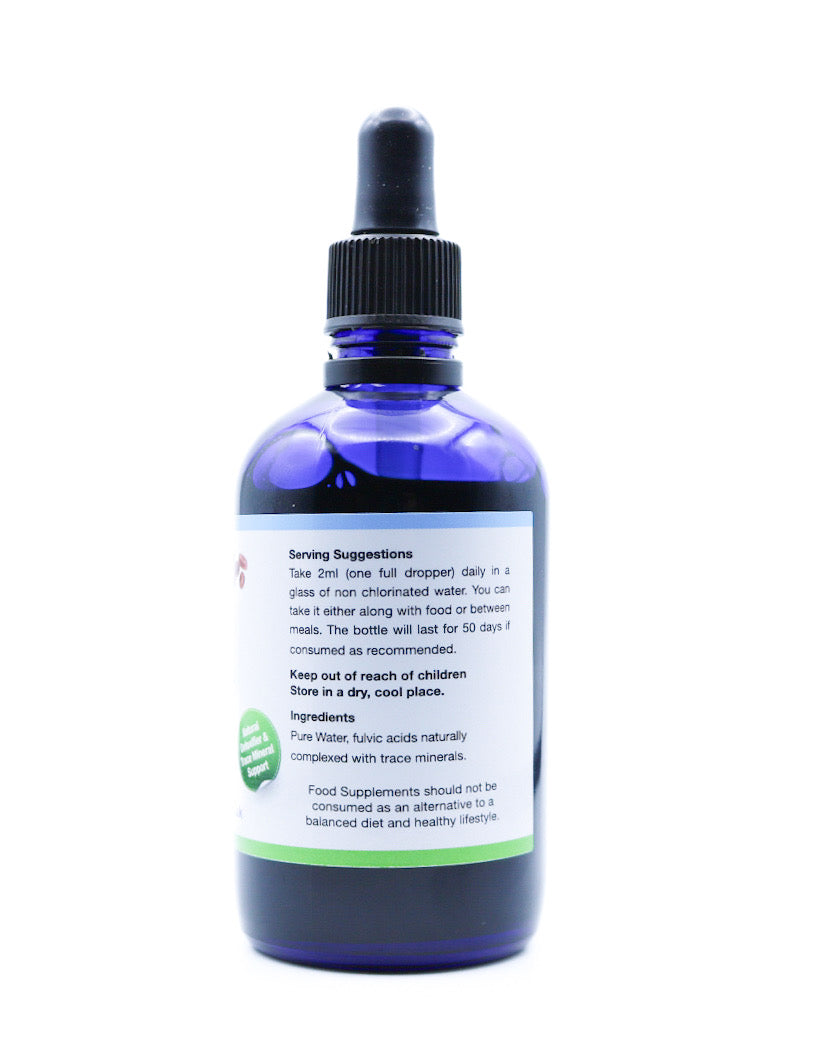
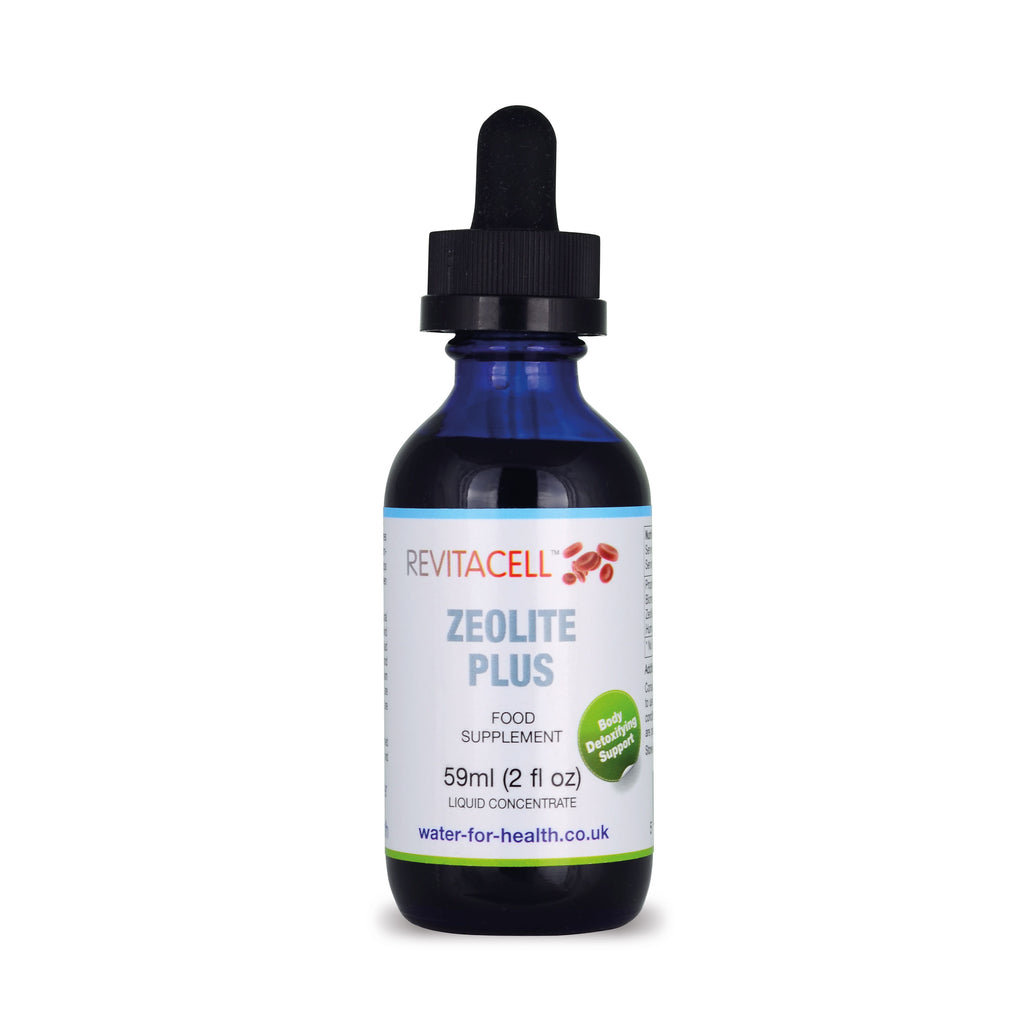
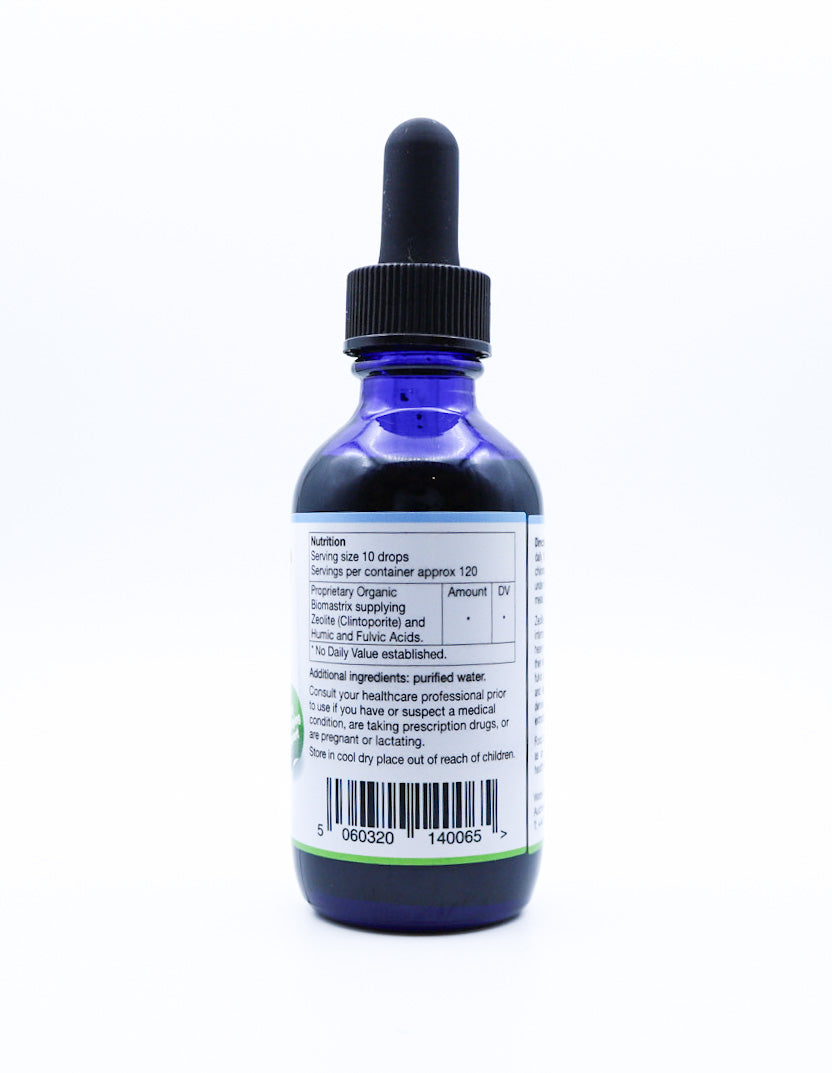

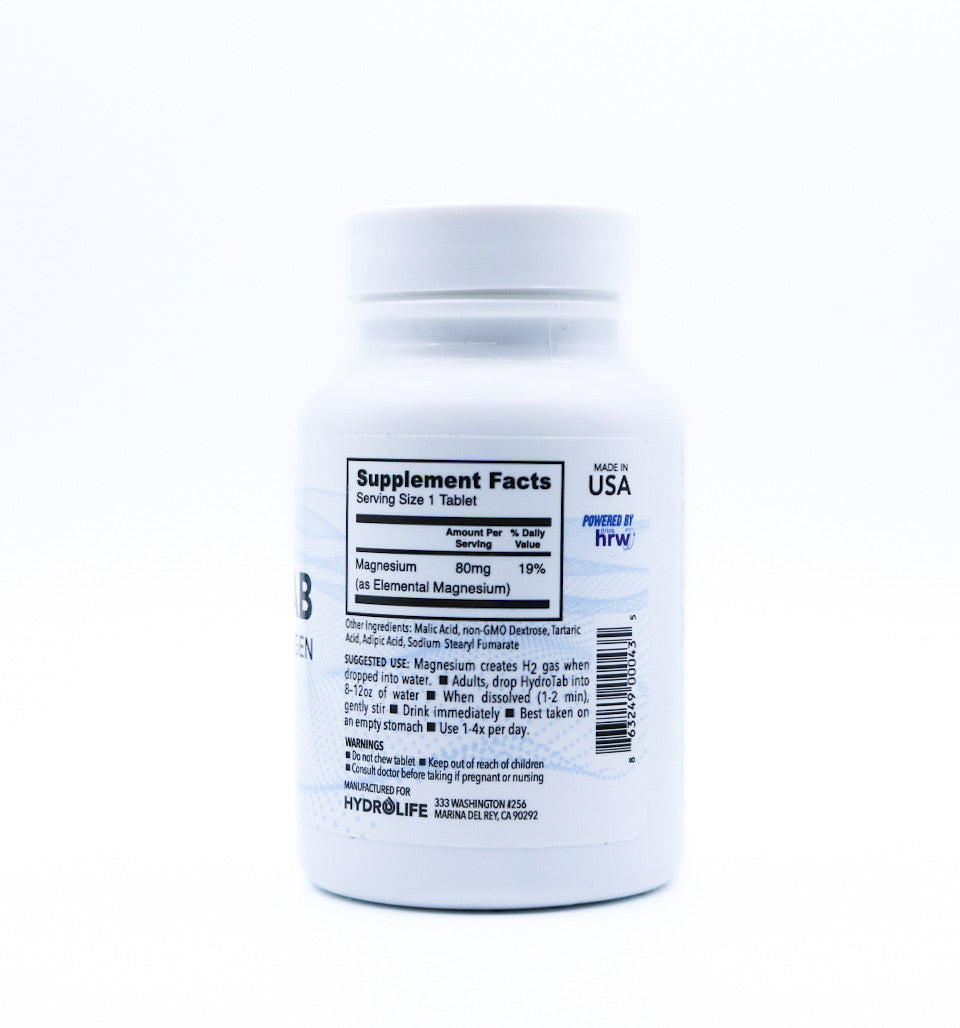




Leave a comment